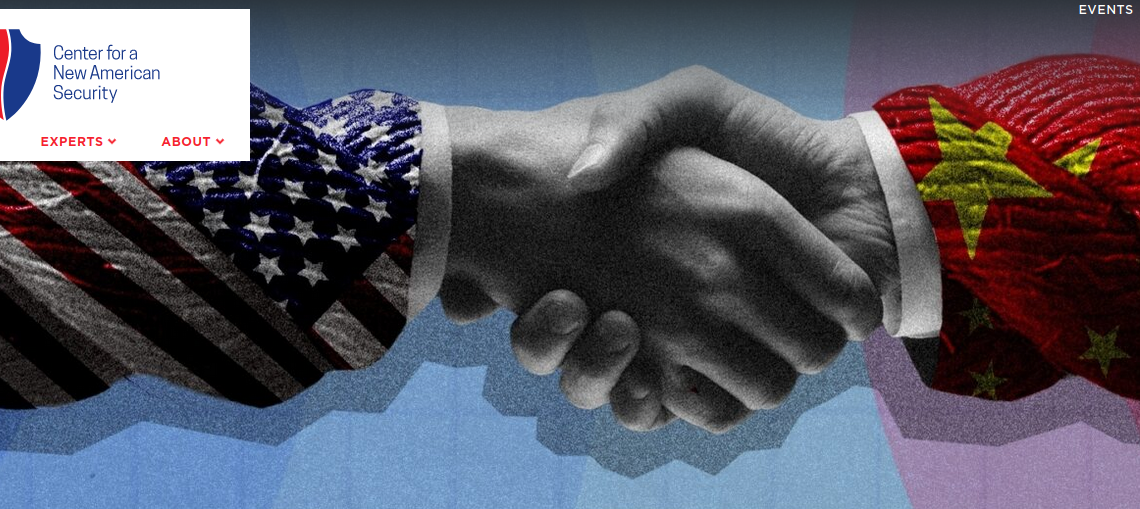
CNAS: Using strategy game to simulate impact of semiconductor disruption in U.S. and China
31. Januar 2022CNAS: Using strategy game to simulate impact of semiconductor disruption in U.S. and China
Washington, Jan. 31, 2022
Semiconductors, essential to the daily functioning of modern society, are increasingly at the center of a competition between the United States and China with much at stake. Taiwan – already a focal point in this competition – has 92 percent of the world’s most advanced chip production capacity. Control of Taiwan’s semiconductor facilities and human capital would give China about half of the world’s chip manufacturing capacity and nearly all of its advanced manufacturing capabilities.
A virtual strategy game conducted by the Center for a New American Security (CNAS), detailed in a recent report, has provided crucial insights into the nature of U.S.-China strategic competition and global competition for semiconductors.
The exercise, developed and conducted by the CNAS Gaming Lab, examined how China might affect Taiwan’s semiconductor industry and what policy options the United States and Taiwan might take to counter China’s predatory actions. The game consisted of three teams – the United States, China and Taiwan – and presented a scenario in which a disruption leads to a global shortage of leading-edge chips.
„When the Chips are Down“ was written by CNAS Defense Program Fellow Becca Wasser, Technology and National Security Program Director Martijn Rasser and Research Assistant Hannah Kelley.
https://www.cnas.org/publications/reports/when-the-chips-are-down
Key findings are:
►Taiwan is committed to remaining the world’s dominant semiconductor manufacturer in order to maintain its „Silicon Shield,“ which links Taiwan’s national survival and security with its technological supremacy in microelectronics.
► China is likely to employ multilayered gray zone tactics involving economic, political, informational, and military coercion to gain control of Taiwan’s semiconductor industry and complicate U.S., Taiwanese, and multilateral responses.
► Unequal U.S. and Taiwan interests in securing semiconductor supply chains impede policy coordination and create opportunities for China to exploit.
Unilateral action by Taiwan or the United States is not enough to stop China’s coercion of Taiwan, which will have a significant impact on global semiconductor supply chains.
The report also recommends five actions the White House and Congress should take to protect critical semiconductor supply chains and better position the United States to counter Chinese coercion. These include strengthening interagency planning to counter China’s gray area tactics, focusing on areas of joint cooperation with Taiwan, and strengthening bilateral and multilateral dialogue with semiconductor industry stakeholders.


